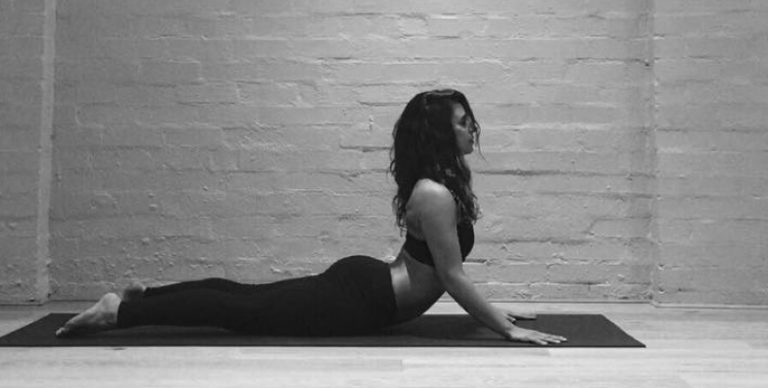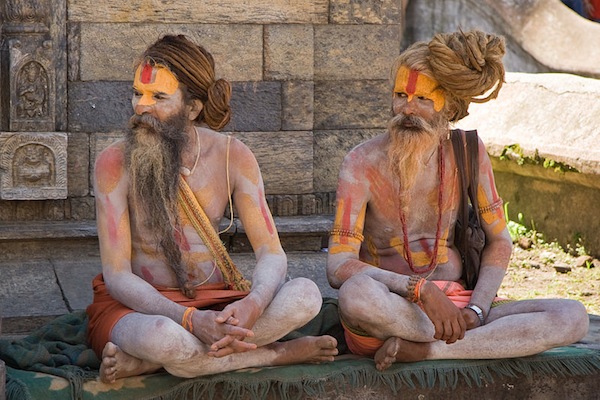Diffrent Types of Yoga Styles in India
There are so many different types of yoga styles available today, that it becomes very confusing to understand which is which! That’s what this guide is for: to help you figure out the difference between the primary types of yoga that are most often discussed.Whether you are a beginner looking to find out what school of yoga to start with, or an advanced yogi wanting to refine your skills, this guide will serve you by helping you finally figure out what school of yoga is right for you!

Yoga Styles : Explained
Hatha Yoga
Hatha yoga can be explained as the common source among almost all the different physical practices of yoga. If you are doing Ashtanga yoga, a lot of elements of hatha yoga are present in it. If you are doing Iyengar yoga, that is hatha yoga as well! Even though these two types of yoga seem different, they both derive their essentials from Hatha yoga.
The time when even Hatha yoga was not very prevalent or popular, yoga was considered to be chiefly a meditative practice, capable of giving you spiritual experience. Hatha yoga starts your journey from body. uniting different aspects of your being, thus making you a well balanced and harmonized unit, free from imperfections and diseases, fit for higher meditative practices. Hatha Yoga involves Asana, Pranayama, Mudra and Bandhas. Laya yoga or Nada Anusandhan is also an important part of yoga. According to Hatha Yoga Nadanusandhan is the best method to bring your mind at peace which finally results in Unmani state (Samadhi). As sault is dissolved in water, mind also dissolves in Naada (internal unstruck sound). Hatha Yoga gives you the perfect object for meditation, which is always available to you, because it is not something external. It lies within you.
Hatha Yoga was the original system talking about Kundalini and giving you methods to awaken it. It is also connected with Six Chakras (Psychic Centeres).
If you are a beginner, this is a great style to start with. It gives you a strong foundation. You become familiar to fundamental teaching of yoga as an ancient discipline of spiritual awakening.
Iyengar Yoga
Iyengar’s method is a form of Hatha yoga that focuses on proper alignment of the body in asanas to achieve desired benefits. Students strive to master each pose through consistent practice, and once perfected, they will have a developed balance in the body that is reflected by a balanced mind.
If you ever use any yoga props in your class, you can be sure that they came from the ideas of Iyengar. He is solely responsible for blocks, blankets, chairs, straps, pillows, and other props that are used in yoga studios today. These props are an excellent way to help practitioner achieve ideal alignment even if the body isn’t quite open enough yet.
Iyengar yoga is one of the types of yoga that doesn’t focus much on movement, or flow. When practicing the Iyengar-style, students hold poses for a long duration and focus on perfect alignment. Although you won’t get a cardio workout, you will certainly be building strength and muscular endurance, all the while increasing your flexibility.
This is a great style to practice if you are not yet physically fit enough, or if you are new to yoga. However, don’t make the mistake of thinking that Iyengar yoga is easy! Quite the contrary…it is challenging enough. This style is adaptable to all different levels of students, so everyone can benefit from the act of holding poses for a long duration while really focusing on perfecting alignment.
Vinyasa Yoga
Vinyasa yoga is a term that spans a wide range of classes. This style of yoga will really get you moving! Breath and movement are synchronized together when performing Vinyasa yoga, and that is why it is also sometimes called “flow yoga”. Breathing is a very important part of this practice, A good instructor will link your movements with inhalations and exhalation.
Ashtanga and Power yoga fall under the Vinyasa category. You will find variety in a Vinyasa yoga class, but you can be sure that you will be going through sun salutations.
You will be taken through different movements with different teachers, and that is the beauty of vinyasa: there is no single rule book that teachers must go by…so you can try many different classes until you find a teacher that really suits your style.
Bikram Yoga
Bikram yoga was developed by yoga master Bikram Choudhury. If you take a Bikram class, you will be going through a series of 26 postures, along with two pranayama exercises. These are both performed two times each in a class that usually takes an hour and a half.
Here’s the kicker: this will all be done in a heated room! So get ready to sweat- and I don’t mean that lightly. You will probably sweat more then you ever have in your whole entire life! The room that you will practice in is usually kept at 95-100 degrees Farenheit. Your body will get very warm, to say the least.
Ashtanga Yoga
Ashtanga is one of the more difficult types of yoga. In Ashtanga, you will be taken through a series of poses that are performed in a flowing Vinyasa style. This method centers around a series of movements using ujjayi breathing, uddiyana bandha, mula bandha, and drishti. If you are committed to practicing Ashtanga, you will eventually learn all the Ashtanga series (of which there are six).
The first series is called Yoga Chikitsa. This series focuses on building strength, flexibility, and stamina while detoxifying the body and realigning the spine. This series will take between an hour and a half to two hours to complete, and will take you from sun salutations to inversions and backbends.
The second series, or intermediate series, is called Nadi Shodana. The intention of this series is to purify the nervous system. In addition, it aims to strengthen and purify the energy channels throughout the body.
You can begin trying this series after you show mastery of the primary series. It follows the same progression as the primary series, but then adds new poses and variations that make it more of a challenge!
Finally, if you have progressed and mastered both the primary and intermediate series, you can begin working on the four advanced series called Sthira Bhaga. This series brings in some very difficult arm balances and should only be attempted by the most advanced students!
Few people are able to work through this series, but if you focus your mind and open your heart, you can achieve whatever you desire!
Restorative Yoga
It is a good idea to take some restorative yoga classes to give yourself a rest from the other demanding types of yoga you are doing. These classes are often very relaxing, and will involve a teacher arranging props to support the body so that poses can be held for a longer duration. This allows you to really open up your body through some light, passive stretching.
Most of the postures you will be doing are done lying or in seated positions with the addition of blankets, bolsters, and blocks. This effectively allows any unnecessary straining to be eliminated. The focus here is to give you a nice stretch while leaving you feeling refreshed.
Although there are many more types of yoga out there, these are some of the most common ones that you will see being practiced throughout the world today. Using this guide, you can now have a good idea of what style of yoga will be right for you! All you need now is to make sure you have all the necessary yoga gear, and you will be on your way to health, and peace of body and mind.


